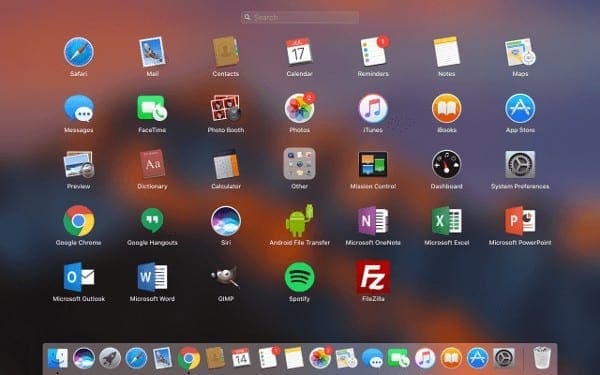In some flavors of Unix, you feel as if you've been cast into an alternate universe when you open a terminal window and work on the command line. But with OS X and its Darwin core, there's often an elegant integration between the two. In this how-to I'll show you how to launch an OS X app from the command line with the open command.
- Launch Mac Os X App From Terminal
- Open Terminal In Mac
- Mac Os Launch App From Terminal
- Run Application From Terminal Mac
2 thoughts on “ How to launch OS X apps via the Terminal ” Scott Bayes February 8, 2015 at 8:15 pm. Note that you can also “launch a document” with open: open somefile.txt. Will, if necessary, launch the default app for.txt files (or the app specific to somefile.txt file if. On your Mac, do one of the following: Click the Launchpad icon in the Dock, type Terminal in the search field, then click Terminal. In the Finder, open the /Applications/Utilities folder, then double-click Terminal.

[Note: A little bit of prior UNIX experience will be helpful here.]
First off, I will admit this technique is fairly geeky. In my [Mac] OS X career, I've only used this trick a handful of times. However, it's so darn cool and charming that one just aches to use it at any opportunity.
Launch Mac Os X App From Terminal
Actually, upon reflection, there are some useful scenarios for this technique.
- The Finder acts up, a terminal window is already open, and you'd like to be able to launch a GUI app that might help you diagnose the problem.
- You're a UNIX professional, live and breathe the command line, but you'd rather use a GUI text editor for coding instead of the raw and ugly vi or Emacs editors.
- You're writing, say, a Perl or Python script, for another user and, at some point in the script, you'd like to launch a GUI app that carries the workflow forward.
- You want to quickly run a utility with admin privileges without the restriction of the account you're logged into. See, for example, 'How to Find & Recover Missing Hard Drive Space.' In that case, you must bypass the open command and drill into the Package Contents to run the app with sudo and admin privileges. But I've digressed.
The Man Page
The terminal app is in the Utilities folder—which is found the Applications folder. Launch it now. The BSD UNIX command we'll be using is open. Below is the manual page ('man' for short), shown by typing:
I've printed most of the man page for the open command here for your perusal, but I'm not going to explore every argument. And feel free to jump right to the examples below to whet your appetite.
For this limited how-to, one interesting way to use the open command in this context is to use the [-a] option. Some other useful variations and arguments are in the examples below.
Typical Examples
Here are some short and sweet examples of the open command with the -a, -e, and -t arguments. They're easy to try. [If you don't have BBEdit installed, use any other favorite a text editor in /Applications.]
Open Terminal In Mac

Open Doors
These are just a few of the cool things you can do on the command line with the open command. To keep things simple, I haven't delved into creating a search path or other Unix tricks like aliases. All that's been left for you to explore on your own.
Mac Os Launch App From Terminal
I think this is one of the neatest tricks in OS X.
__________________
Run Application From Terminal Mac
Launch button via Shutterstock.